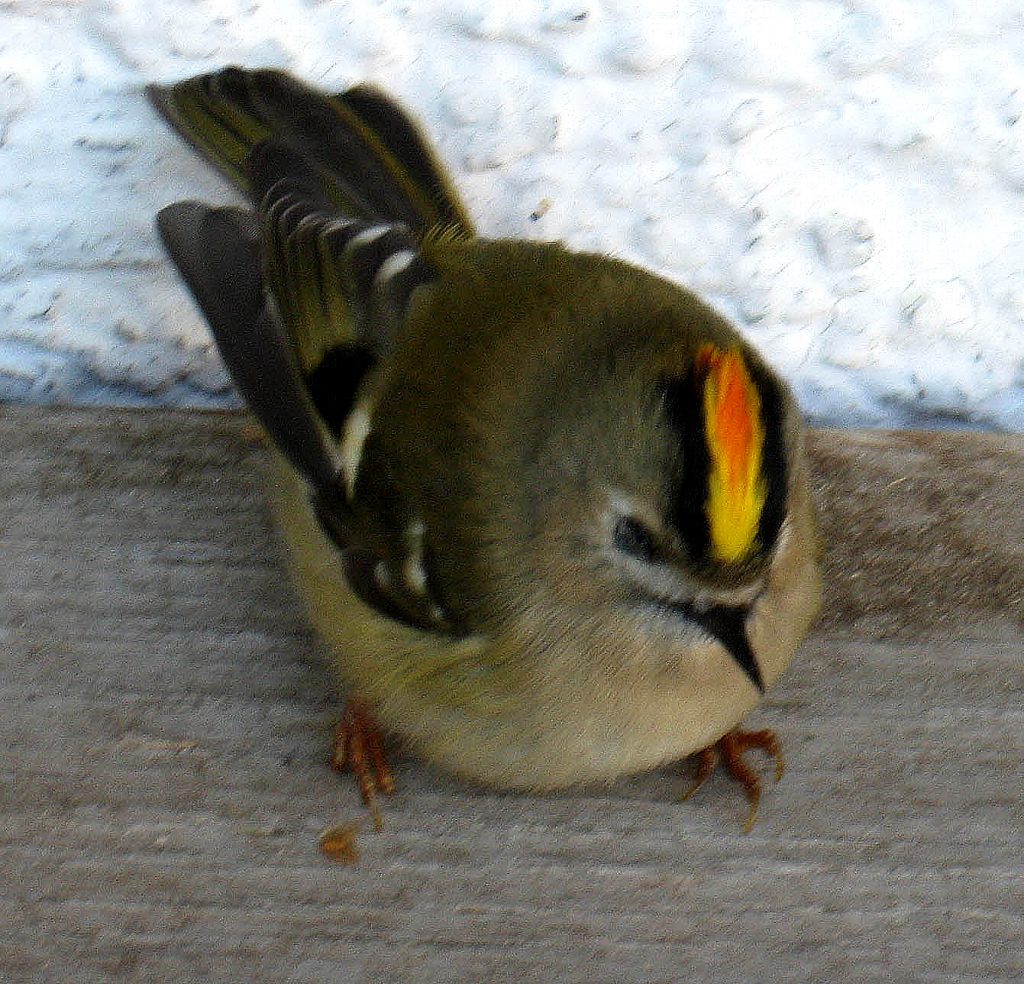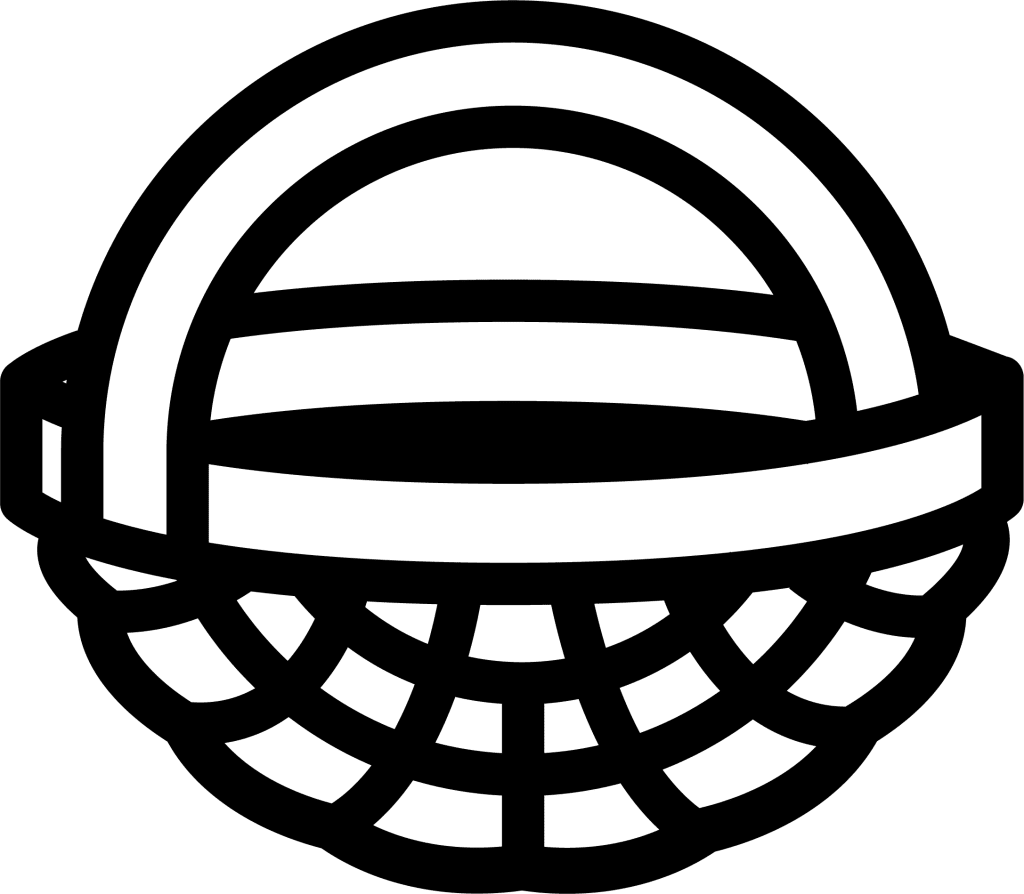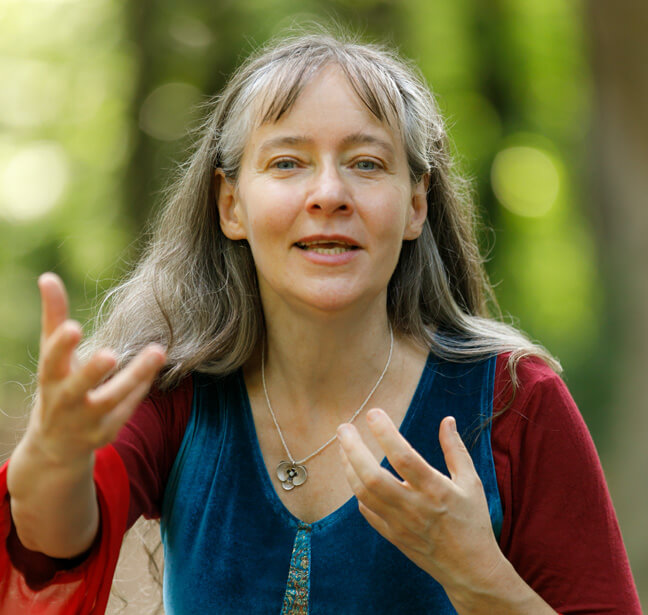Two answers to the questions I have been asked most often:
No, I don't read aloud.
Yes, I can make a living from it.
Questions
Why do you use the name ‘Frau Wolle' in German?
In English I usually just use my birthname Karin Tscholl. I am known as "Frau Wolle"/"Madame Wool" in German because I love sitting at the spinning wheel. I also love the many connections that exist in our language between wool and storytelling:
Not losing the thread of a story, spinning tales, developing and unwinding, text and textiles, …
In German "Frau Wolle" also reminds one of the folk tale figure "Frau Holle" from a famous Grimm-tale, who is a manifestation of the great, ancient underworld goddess Hel/Hella.
What is a wool-circle?
Anyone who has ever heard me tell stories will remember: My starting ritual consists of laying a red woolen thread on the floor around the audience. Within this magical circle, a random group becomes a community of listeners.
At the end of an event I wind up the ball of wool to wrap up.
Why folktales for adults?
The fact that I choose to tell for adults influences my choice of stories and my style of telling.
I am convinced that people change again and again throughout their lives. I know that folk tales are helpful in these developments.
For me imagination is like a part of the body that longs to move. If you listen to folk tales, you can strengthen your own imagination, let your fantasy dance and fly.
The strong, powerful and rich symbolic language of old stories speaks to a part of us that is all too often neglected by adults. Listening to folk tales satisfies a great hunger in adults in particular and is, in my opinion, deeply necessary.
Are the books and Advent calendars also suitable for children?
Yes, some of them. In the short descriptions of my books I mention how many of the tales I consider suitable for children age 7 and up.
I only recommend the Advent calendars from the age of 13, however the storybox is for everyone age 7 to 101.
Why birds as a symbol on this page?
How can I represent something invisible like telling and listening to fairy tales with a symbol? The Soul as a bird is a concept that I can relate to, which is why I have chosen it. Almuth Mota painted these birds for my book "Königin Herzenslust". Like birds, my words fly to my listeners, opening up the vastness of the sky. Many of the folk tales I tell feature birds — talking ravens, enchanted swans, a powerful bulbul, a singing blackbird, a cunning goldcrest (a relative of the firecrest seen on the photo below). Since I started offering forest walks with the biologist and ornithologist Manfred Föger I enjoy combining biology and folk tales even more.

Which birds do I see here and why these in particular?
From top left to bottom right on the home page:
The Arctic tern for the page ‘Now’. It flies the furthest of all birds – every year from the Arctic to the Antarctic and then once around the Antarctic and back.
The crane with a crown for the page ‘Offer’. Listening to fairy tales can make you feel like a queen or a king.
The goldfinch for the page ‘Webshop’ because this is how I share my golden folk-tale treasures.
The kingfisher for the page ‘Calendar’ because it is as colourful as my various performance venues and occasions.
The goldcrest for the page ‘About me’ because it is the smallest bird and incorporates spider webs into its nest. I am also not very tall.
The chaffinch for the page ‘Books’ – because it is called ‘Buch-Fink’ (book finch) in German.
How did you and how does one become a storyteller?
Through science & chance
At the end of my studies (comparative literature), I wrote my thesis on folktales. During a lecture on folk tales I wanted to read one aloud. However, I forgot the book at home and had to tell the story from memory instead so that the lecture would still make sense. The audience found the theory interesting, but they really loved the tale.
Through role models & masters
During a semester abroad in Ghana, I spent an evening in my professor's library in his house, Dr. Kwadwo Opoku Agyemang, and while waiting to discuss my studies with him, I could hear and see how he put his children to bed with a story told in a very lively way. That inspired me greatly!
I also studied storytelling in several courses with various storytellers. But above all I learned and still learn a lot by listening and doing.
I am still learning today, attending courses and often I am on the road as a "travelling listener".
Through wishes & decisions
My three wishes for my career when I started were:
doing something that brings joy to me and others,
finding something that keeps being interesting and diverse and
bringing something meaningful into the world.

Common confusion
I do not recite — I tell:
... Free, lively storytelling differs significantly from reading aloud from a book or reciting. However it is sometimes confused. To say that I read to my audience is like confusing a jazz pianist with a DJ.
I do not invent stories — I find them:
... I don't tell folk tales I've made up myself, but carefully select old folk tales. In doing so, I become a treasure-seeking scientist, often searching for several sources for a long time and researching thoroughly.
I do not memorize stories word for word — I tell freely:
I take a very liberal approach to traditional material, dressing up old stories in my own words.
I don't memorise anything, but rather tell stories ‘from within’, which means freely, always fresh and a little differently each time.
Fairytales and myths don't lie — they speak in pictures:
... Allegories are not lies. Folk tales use powerful symbols to depict complex things with a precision that is often superior to rational language. In this way, they are truer than the so-called ‘truth’.


